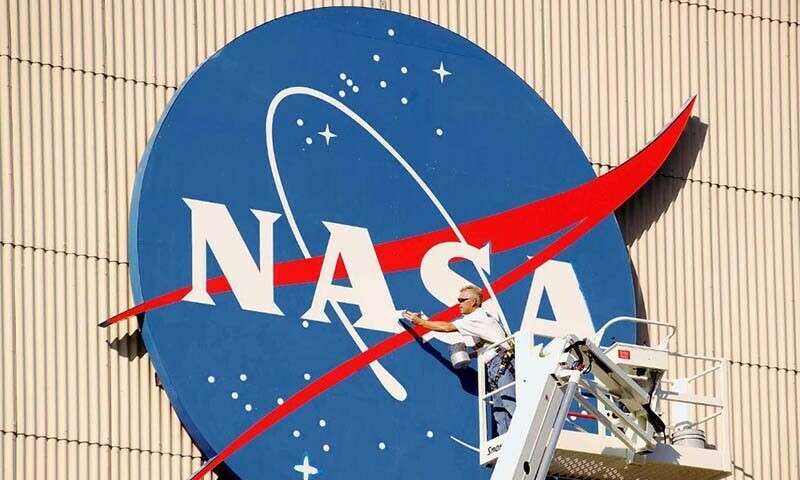NASA announced on Friday that its Parker Solar Probe is “safe” and functioning normally after achieving the closest-ever approach to the Sun by any human-made object. This groundbreaking mission aims to provide scientists with invaluable data about our closest star, enhancing our understanding of its behavior and properties.
The Closest Approach
On December 24, the Parker Solar Probe passed just 3.8 million miles (6.1 million km) from the Sun’s surface. This remarkable feat involved flying into the Sun’s outer atmosphere, known as the corona. The mission’s objective is to gather critical information about the Sun, which will help scientists learn more about its characteristics and the processes occurring within its atmosphere.
Signal Received
The operations team at the Johns Hopkins Applied Physics Laboratory in Maryland confirmed the spacecraft’s status by receiving a signal, referred to as a beacon tone, just before midnight on Thursday. This signal indicated that the Parker Solar Probe was safe and functioning as expected. NASA added that detailed telemetry data about the spacecraft’s status is expected to be received on January 1.
Enduring Extreme Conditions
During this historic approach, the Parker Solar Probe traveled at speeds of up to 430,000 mph (692,000 kph). The spacecraft endured extreme temperatures of up to 1,800 degrees Fahrenheit (982 degrees Celsius). These conditions were managed thanks to the spacecraft’s advanced heat shield and innovative design, allowing it to operate in such a harsh environment.
Scientific Goals and Discoveries
This mission aims to take detailed measurements that will help scientists understand several key aspects of the Sun:
- Heating Mechanisms: Understanding how the material in the Sun’s corona is heated to millions of degrees.
- Solar Wind Origins: Tracing the origin of the solar wind, which is a continuous flow of charged particles escaping from the Sun.
- Energetic Particle Acceleration: Discovering how energetic particles are accelerated to nearly the speed of light.
These measurements will provide unprecedented insights into solar phenomena and improve our ability to predict space weather, which can impact Earth’s technological systems.
Mission Timeline and Progress
Launched in 2018, the Parker Solar Probe has been gradually moving closer to the Sun. The spacecraft utilizes flybys of Venus to adjust its trajectory and decrease its orbit around the Sun. Each flyby brings the probe closer, allowing it to gather more detailed data with each pass.
FAQs
1. What is the Parker Solar Probe?
The Parker Solar Probe is a NASA mission launched in 2018 to study the Sun up close. It aims to gather data about the Sun’s corona, solar wind, and the mechanisms that heat and accelerate solar particles.
2. How close did the Parker Solar Probe get to the Sun?
The Parker Solar Probe reached a distance of just 3.8 million miles (6.1 million km) from the Sun’s surface, the closest any human-made object has ever approached.
3. What kind of data is the Parker Solar Probe collecting?
The probe is collecting data on the Sun’s magnetic fields, plasma, and energetic particles. This data helps scientists understand the heating of the corona, the origin of the solar wind, and the acceleration of energetic particles.
4. How does the Parker Solar Probe withstand the extreme conditions near the Sun?
The spacecraft is equipped with a specially designed heat shield that can withstand temperatures up to 1,800 degrees Fahrenheit (982 degrees Celsius). This shield protects the instruments and allows the probe to operate in the Sun’s harsh environment.
5. What are the benefits of the Parker Solar Probe mission?
The mission will enhance our understanding of the Sun, improve our ability to predict space weather, and provide valuable data that could lead to advancements in solar physics and related fields.
ALSO READ
https://flarenews.pk/2024/12/27/bosch-shines-as-south-africa-secures-90-run-lead-against-pakistan/



